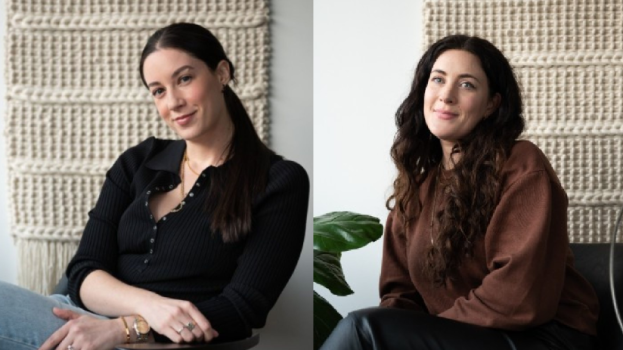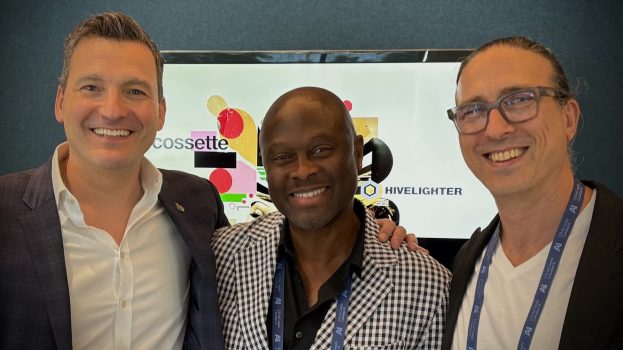We sometimes forget that marketers play a pretty big role in shaping society.
The products they innovate, the platforms in which they play, the audiences they select and the trends they chase are all decisions that help mould – not just simply mirror – societal norms and values. That’s a tall order and one that I, as a consumer and human being, wish brands would handle more delicately.
When the term “soloism” was introduced during a break-out session at Advertising Week, I was, at first, intrigued. The trend was presented by Backslash, a strategy unit within TBWA Worldwide, as “the next big commercial opportunity that brands are ignoring.” Think of soloism as being alone, but not lonely. It’s when someone takes a sabbatical from their social life, seen as more people travel and dine alone. In Japan, single movie-goers are tucked away in a private theatre. Diners are boxed in a cubicle so they can dine without anyone looking. Theme parks allow single riders to jump the queue.
A question was posed at the end of the rather poetic talk: “What is the solo version of your product? How can I invent and anticipate entirely new markets for audiences of one?” That’s when I went from feeling curious to feeling icky.
While I can certainly relate to this notion of searching for “me” time in a digitally and socially congested world, I find it troubling to think that marketers would actively perpetuate antisocial lifestyles through their products and services. Maybe it’s because Maslow’s Hierarchy of Needs was drilled into me at university, but I am still of the school of thought that intimacy and a sense of belonging is still a leading cause of happiness.
I’m not the only one. When Professor Laurie Santos of Yale University spoke about the psychology of happiness in a session co-presented with Pinterest’s CMO Andrea Mallard, she said: “Happiness comes from having the time to think about other people, having the bandwidth to not just pay attention to yourself all the time.”
The young professor developed the curriculum for the most popular course in Yale’s 137-year history, “Psychology and the Good Life.” Hundreds of students (one in four Yalers, in fact) learn science-backed facts on how to live a happy, healthy existence. Anxiety and depression is rampant among social media-dependent young adults, some studies show, which is why the course is so popular. But Santos doesn’t like to finger-point at technology for the disruption to our well-being. It’s definitely a part of the problem, but foregoing social activities and adopting apathetic rituals like couch-surfing instead of challenging ourselves are also culprits.
This got me thinking about the role advertisers can play in supporting a culture of well-being. Consumers depend on brands to help them make decisions, said Santos, who studied primates to see how they mirror human irrationality. She believes people have cognitive biases that lead them astray, which is why so many people are anxious and unhappy. We simply don’t know how to be happy, and we’re indulging in counterintuitive behaviours (like ghosting our loved ones) as a result.
“Techlash,” another sensitive topic at Ad Week, seems to be born from this desire to step back. Lest we forget that, at one point, tech was once praised for giving us the ability to connect with one another. However, today there’s just animosity (specifically directed at giants like Facebook and Google) and fatigue.
During a panel debate led by the Association of American Advertisers, Edwin Wong from Vox Media pointed out that, in the early years of social, “we were craving connection, but we got division; we were looking for aspiration, and now we feel the burden of the selfie. When we’re on vacation, we’re actually creating those moments that we saw from somebody else. And this democratization of information is actually the dissemination of what’s fake.”
“I don’t think that Techlash is necessarily about the platforms. It’s because we used them as vessels to almost propagate [these behaviours]. And so we’re almost dealing with ourselves as much as we are with the tools.”
That was a sentiment shared by Pinterest’s marketer. Mallard believes there are consequences behind the business models being built to fit in today’s world. Mallard has three young children, and Pinterest is the only app they were allowed to download onto their phones – not because their mom is the company’s CMO, but because she says it gets them “to focus on their own lives, not the lives of their friends.” She says her daughter is not focused on cultivated images, she’s not performing for her friends’, or worse, a stranger’s approval. “I like to say it’s about herself, not her selfie.”
Brands talk a big game about creating purpose and aligning themselves with the values that consumers apply to their lives. Well, marketers, here is your chance to lead by example. Create products and services that reject unhealthy behaviours that we, as human beings led by emotions, adopt to counter modern-day stressors. Shape society in a positive way instead of chasing a trend that maybe makes you feel icky.
Strategy editor Jennifer Horn is at Advertising Week New York and will spend the week filing reports on the most frequent and hotly debated issues and industry trends as they arise.























